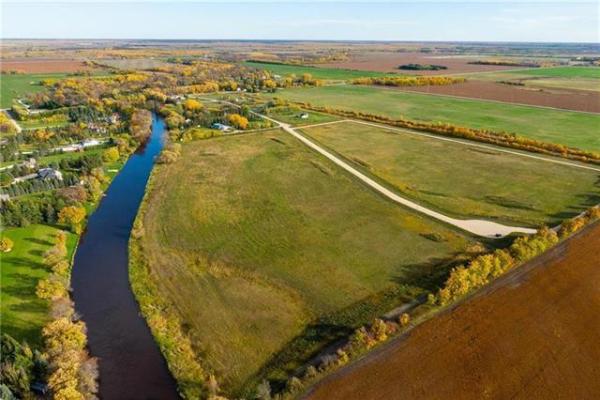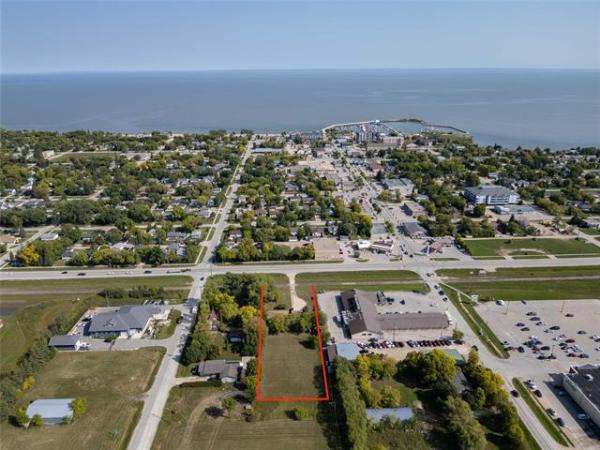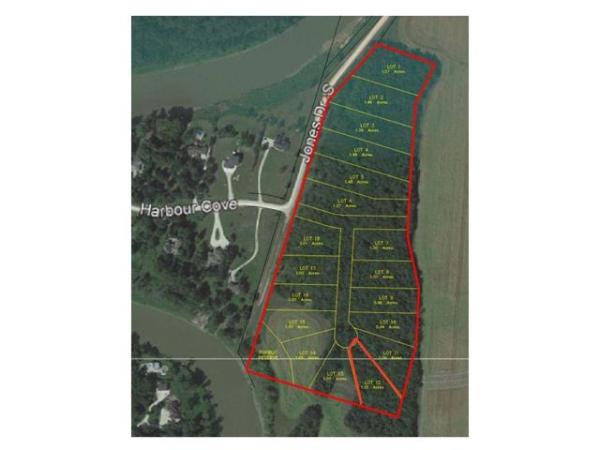Question: I read an article you wrote back in 2012 in the Winnipeg Free Press regarding heat recovery ventilation units (HRV). I live near Aberdeen, Sask. We live in a SIPS (structural insulated panels) house built about six years ago. We have always had issues with moisture and ice buildup on our windows in the winter. The house is heated entirely by in-floor heating, including the main floor, basement and attached garage. The main floor is 1,860 square feet and the garage is 1,200 sq. ft. The ventilation system is simply two fans.
The outgoing fan is attached to a perforated plastic weeping tile pipe with holes. The incoming fan is attached to plastic tile pipe without holes. The pipe without holes sits on top of the one with holes and goes around the perimeter of the house approximately seven feet below ground. They come up under our deck. The idea is that the outgoing air, going through the pipe with holes, will warm up the incoming air in the pipe without holes. The outgoing air draws from the bathrooms and the incoming air goes through vents in each room of the house. The speed of the fans is controlled by a dial. The fans are always running. We do speed them up in the winter.
This is not a very sophisticated system. I believe our windows are sealed properly. How can we eliminate the moisture and frost buildup on our windows?
— Kim Huffman
Answer: Half-baked, homeowner-designed systems rarely serve their intended purpose, especially for a mechanical system for air intake and exhaust. Yours is an extreme example of such a system, which may even be harmful.
The solution to your moisture issue is to immediately disconnect and remove this mess and replace it with a properly installed HRV or equivalent exhaust fans and fresh-air intakes.
No, this is not a slightly late April Fools’ joke, this question did arrive by email from the Saskatchewan homeowner and I will resist the urge to make any Banjo Bowl-related jokes. I am rarely shocked at things I see during inspections or hear about from homeowners, but this threw me for a bit of a loop.
I had to read the question several times, but now appear to have an idea what the attempted installer had in mind. This misguided builder must have thought that making a homemade version of an HRV was much more prudent and cost-effective than installing a proper one. Incorporating the system into the inexpensive, plastic weeping-tile system, he or she must have thought they could kill two birds with one stone. By using the pipes that are near the base of the foundation, underground, the idea must have been to draw fresh air in and exhaust warm, heated, moist, house air to this area, as well. The idea of using some of the heat from the outgoing air to warm the incoming air is derived from the way an HRV operates, but is a gross — and potentially dangerous — perversion of that function.
The damp air expelling from the home may add a little bit of heat to the ground surrounding the foundation on its way downward, but may also cause the pipe to freeze as it enters the cold area under the deck, or deeper in the soil. This will certainly cause significant blockage in the exit piping, which may render the exhaust portion of this travesty useless. While that is enough reason to terminate the use of this concoction, the real issue might lie with the incoming air.
HRVs rely on the fact that the outside air is significantly dryer than the exhausted air during the heating season. By replacing the indoor air with fresh exterior air, the unit will drop the relative humidity (RH) in the home. Because your devices are drawing intake air from the ground, that air may not be as dry. In the shoulder seasons, when the soil is partially frozen, there may be a significant amount of dissolved water in the ground around your home. The fresh-air duct may draw this inward, negating the drying effects of the system.
Also, if this is acting as the weeping tile, as well, water draining through the pipes will also be mixed with the incoming air. This is where the real issue exists.
There may be varying amounts of nasty components dissolved in the water, such as moulds, bacteria, fungus, plant matter and other items I cannot even imagine. These may all be harmful to you and the other occupants of your home.
But the real issue may be the presence of harmful soil gases, which may be forced into your home under pressure, through these crude ducts. Radon gas is commonly found in the soil in your area and you may be unwittingly sucking it in to your living space with the fan system. While this gas can naturally infiltrate a home, potentially causing cancer to the occupants, drawing it inside with a mechanical fan is ridiculous.
I would recommend immediate testing for radon in your home, and then for a prolonged period after disassembly of the ventilation apparatus.
Reducing the moisture on your windows, and in your home, during the heating season may require nothing more than disconnecting the improper and dangerously installed ventilation system and replacing it with a proper heat recovery ventilator.
I would not wait another day before removing your current, ill-conceived mess, even if a proper HRV can’t be installed until the next heating season.
Ari Marantz is the owner of Trained Eye Home Inspection Ltd. and the past president of the Canadian Association of Home & Property Inspectors — Manitoba (cahpi.mb.ca). Questions can be emailed to the address below. Ari can be reached at 204-291-5358 or check out his website at trainedeye.ca.
trainedeye@iname.com



